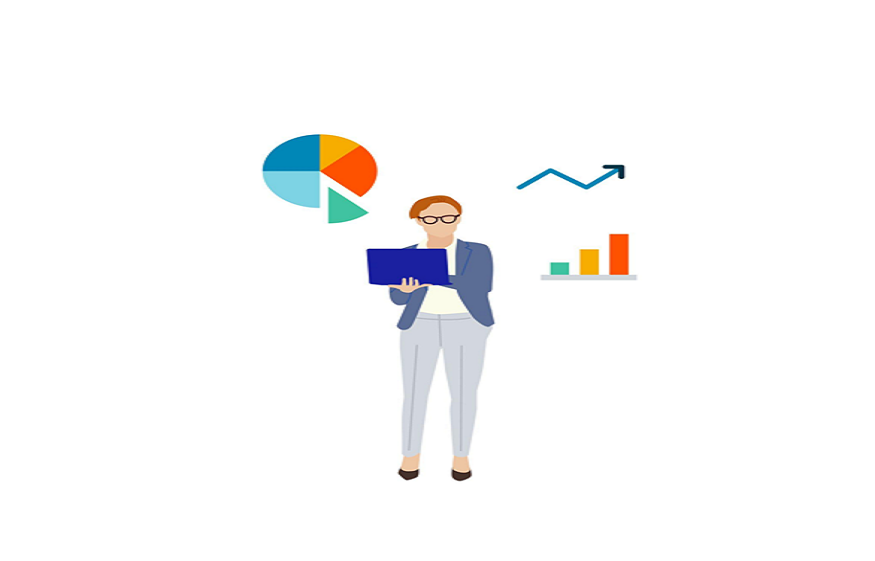The Unspoken Truth: Why Your Content ROI is a Mystery
It’s the question that keeps Content and Marketing teams up at night: “Is this blog post actually generating revenue, or is it just generating pageviews?”
For too long, content effectiveness has been measured by weak metrics like “time on page” or “bounce rate.” But with the shift to GA4, the rules have changed. The event-based model offers a powerful opportunity to finally connect the dots—to build a crystal-clear path from a new visitor landing on your blog to them becoming a qualified lead.
This isn’t just about reporting; it’s about making data-backed decisions that prove the value of your entire content operation. This playbook will walk you through setting up a custom, high-impact funnel in Google Analytics 4 that shows exactly how many leads your content drives and helps you identify your biggest drop-off points.
Step 1: Define the Content-to-Lead Journey in GA4 Terms
Forget the old “Goal” model of Universal Analytics. GA4 uses Events and Conversions. The first step of any successful content strategy is defining the exact steps a user takes to convert.
You need to clearly map your funnel stages to specific GA4 events:
- Awareness (Top-of-Funnel): Measured by the standard page_view event, specifically filtered by a blog URL path (e.g., /blog/).
- Engagement: Measured by a custom event like blog_read_75, which fires when a user scrolls ≥75% of the page, indicating genuine interest.
- Micro-Conversion: Measured by a custom action like a cta_click_ebook or form_start, tracking a click on a key Call-to-Action.
- Macro-Conversion (The Lead): Measured by your primary Conversion Event, such as lead_generated or contact_form_submit, confirming a successful lead acquisition.
By defining these specific events, we create the necessary data points to build our custom visualization. For many teams, accurately defining and tagging these mid-funnel events—especially the micro-conversions—is the hardest part. This is where a seasoned google analytics expert is invaluable, ensuring the data collection is flawless from day one.
Step 2: Implement and Verify Your Key Events
A funnel is only as good as the data flowing into it. The most common point of failure for content teams is faulty implementation of crucial tracking events.
A. The Scroll Depth Advantage (Engagement)
While GA4 automatically tracks a scroll event, it’s often a blunt tool. A better approach is using Google Tag Manager (GTM) to fire a custom event when a user scrolls ≥75% of your article.
- GTM Implementation: Create a GTM Scroll Depth Trigger set to 75%. This trigger fires a GA4 Event Tag named something explicit, like blog_read_75.
- Verification: Use the GA4 DebugView to ensure the blog_read_75 event fires correctly after you scroll deep into a test blog post.
B. The CTA Click (Micro-Conversion)
Your CTAs (to an eBook, a case study, or a demo) are the bridges between your content and the sales process. You must track them with precision.
- GTM Implementation: Create a GTM Click Trigger targeting the unique ID or class of your content CTA button. This fires a GA4 Event Tag, such as cta_click. Crucially, add a Custom Parameter called cta_name (e.g., “demo_request” or “ebook_download”) to distinguish which CTA was clicked.
- GA4 Configuration: Register the cta_name as a Custom Dimension in GA4. This allows you to break down your reports by which content asset is driving the most interest.
Need a hand with implementation? If your internal team is overwhelmed or you need to fast-track your GA4 setup, it’s the perfect time to hire google analytics expert services like Remote Resource. We specialize in clean, strategic data implementation for marketing teams.
Step 3: Building the Custom Funnel in GA4 Explorations
This is where the magic happens—turning raw data into a visual story of content performance.
1. Navigate to the Explorations Menu
In GA4, click “Explore” on the left-hand navigation, and select the “Funnel Exploration” template.
2. Define Your Funnel Steps
Click the “Steps” pencil icon to define the four stages we outlined in Step 1:
- Step 1: Blog View
- Event: page_view
- Parameter Filter: page_path contains /blog/
- Step 2: Deep Read
- Event: blog_read_75
- Step 3: Asset Interest
- Event: cta_click
- Parameter Filter: cta_name (or whatever you used)
- Step 4: Lead Conversion
- Event: lead_generated (or your final conversion event)
3. Analyze the Results and Find the Leaks
The funnel will instantly display conversion and drop-off rates between each step.
- High Drop-Off from Step 1 to 2 (View to Read)? Your content is attracting traffic, but the titles, introductions, or formatting are failing to retain interest. Focus on content quality and structure.
- High Drop-Off from Step 3 to 4 (Interest to Lead)? Users are clicking your CTA, but the landing page or form is causing friction. Investigate form length, page load speed, and landing page messaging.
This visualization is your most powerful tool. It provides a data-backed statement on where to focus your resources—whether it’s on better content formatting or optimizing landing pages.
Step 4: Activating Your Funnel Insights (The Specialist Mindset)
Simply viewing the funnel isn’t enough. A true google analytics specialist uses this data to drive marketing strategy.
Use Dimensions to Prioritize Content
In the Funnel Exploration, add the “Landing page” as a breakdown dimension. This instantly tells you:
- Which exact blog posts are the most efficient at driving conversions, justifying more promotion and internal linking to them.
- Which content topics are attracting traffic but failing to generate leads, signaling a need for an updated or better-placed CTA.
Create Audiences for Retargeting
The best part of a clearly defined funnel? You can build audiences for remarketing directly from the drop-off points.
- Audience Idea: Create an audience of users who completed Step 2 (Deep Read) and Step 3 (Asset Interest) but did not complete Step 4 (Lead Conversion). These users are highly qualified, and you can target them with specific Google Ads, saying, “Still thinking it over? Request your demo now!”
This level of detail is impossible without a precise GA4 configuration. Having a dedicated google analytics expert ensures you move past basic reporting and into advanced business intelligence.
Conclusion: Stop Measuring, Start Driving Revenue
The content specialist’s job has evolved. It’s no longer about just writing; it’s about validating every piece of content with quantifiable data. Building this custom funnel in GA4 is the single most important step you can take to move your content team from a cost center to a revenue driver.
However, moving from idea to flawless implementation can be complex. If you want to bypass the steep learning curve of advanced GTM triggers, event parameters, and Custom Dimensions, let a professional handle the data architecture.
Ready to Guarantee Your Content ROI?
We are Remote Resource, and we provide world-class, dedicated Google Analytics Specialists who can set up this exact framework for your Content and Marketing teams in days, not months. Stop wasting budget on content that doesn’t convert.

